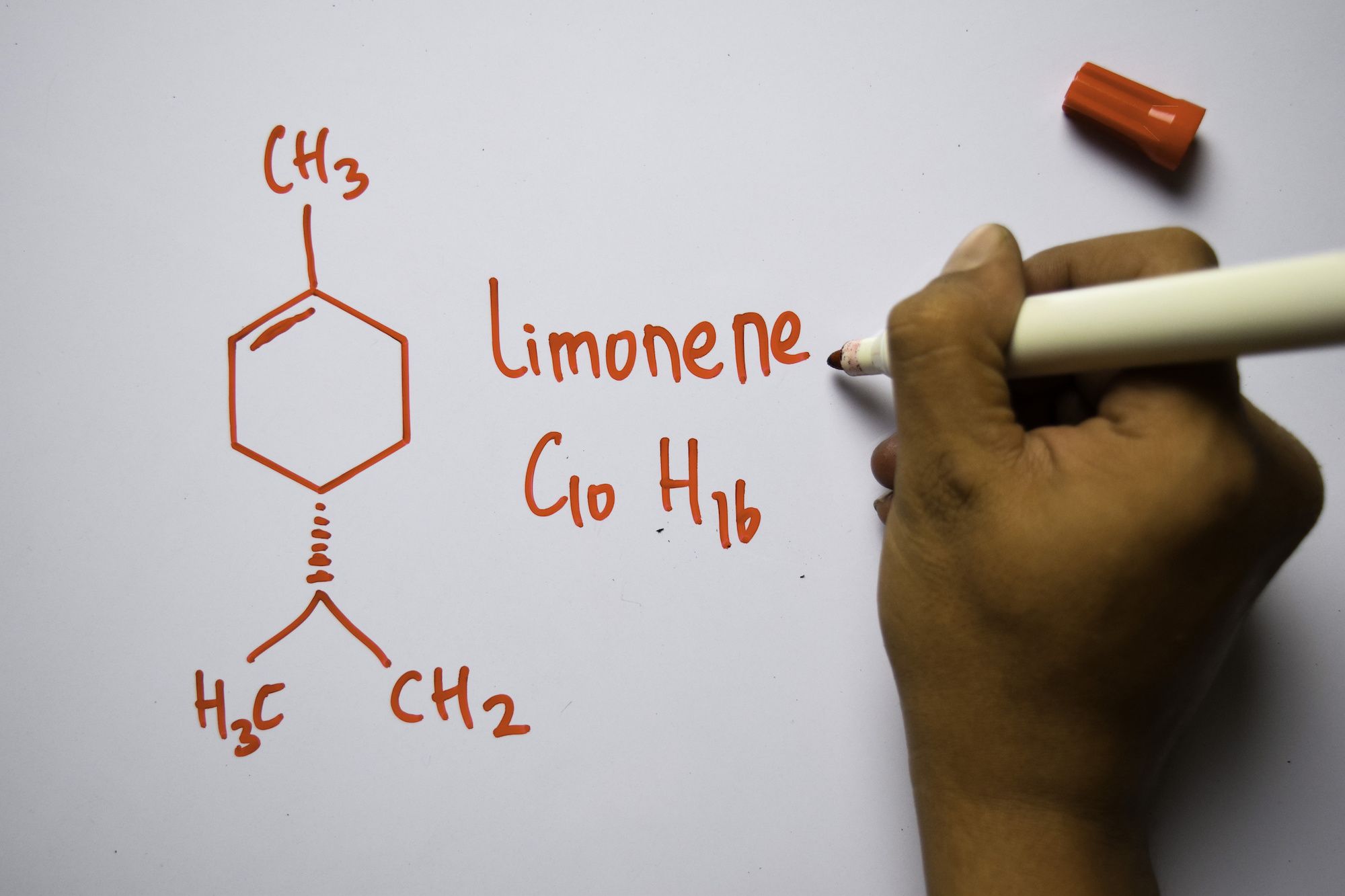Beginners Guide - Terpenes 101
What are terpenes? We briefly break down what they are, and what to look for in order to understand these complex compounds.

What are terpenes? This is a valid question that many cannabis consumers ponder, especially those who are new to the plant medicine. In this article, we briefly break down what they are, and what to look for in order to understand these complex compounds.
Terpenes are organic compounds, specifically hydrocarbons, that are large and diverse. Cannabis consumers are likely familiar with terps because they are rich in the flavors and aromas they add to cannabis varieties. However, terpenes are a widely complex group of compounds that can be found all over our natural world. They occur naturally in many plants, as well as even some insects and fungi. Some of the most commonly understood and well-known terps in nature come from conifer trees. Conifers are typically evergreen trees that produce cones or leaves that are needle-like. These trees include cedars, redwoods, and pine trees. Menthol is another popular terpene.
The terpene profiles of cannabis cultivars hold the potential for a vast expansion into exploring and expanding its medical benefits. We won’t get too deep into that in this article. There is not an abundance of information available to us right now as far as the potential medical benefits of specific terpenes and their effects. However, we do know how terps smell and taste, and there are several main types of terps that we can find in cannabis.
Main Types of Terpenes Found in Cannabis
Cannabis produces dozens of terpenes, and they are secreted out of the same glands that produce cannabinoids. There are a few terps that are more common than others in cannabis cultivars. Below are four examples of some of the terpenes that are most commonly found in cannabis.
Myrcene Myrcene is the terpene that is most abundant in today’s cannabis. It accounts for more than half of the terp profile of some cultivars. This herbal, earthy terpene shows up in many kush and purple strains. It is also a bit citrusy. Also found in hops and rosemary, myrcene is considered good for relaxing and treating insomnia because of its sedative nature.
Limonene This terp smells like lemons and other citrus fruits, as well as flowers. It is the second most common one found in cannabis behind myrcene. Naturally, many citrus fruits also contain this terp, as well as lilacs. However, terpinolene tends to be the compound that gives off the most citrusy aroma in cannabis varieties, not necessarily limonene. Limonene is abundant in cultivars like Do-Si-Do and White Fire OG. Limonene is naturally lemon-scented, so this terp can be found in household cleaning products due to its pleasant smell. Limonene has antibacterial properties that are powerful and is also being studied for treating anxiety, due to its uplifting medicated effects.

Pinene As the name suggests, this terp is present in trees, especially pines. Trees tend to be the plants that contain the most terpenes in the natural world, and pinene is the earth’s most abundant terpene. There is also a hint of sweetness that can be found in parsley and rosemary. Pinene is a natural bronchodilator as well as a highly effective antiseptic. Two of the most popular cultivars that contain pinene are Jack Herer and Blue Dream.
Caryophyllene Caryophyllene is a spicy and pungent terpene that is found in spices like black pepper, cinnamon, and oregano. This terp impacts the endocannabinoid system in humans and has anti-inflammatory properties. Some of the most popular cultivars that contain caryophyllene include Bubba Kush, Sour Diesel, and Girl Scout Cookies.
Other Terps Abundant In Cannabis These are just four of the most common terpenes that are found in cannabis. Most cannabis varieties contain more than one terpene, as do many plants in our natural world. Some other terps that are abundant in nature but are typically non-dominant in cannabis include humulene, linalool, ocimene, and bisabolol.
On Boiling Points, Releasing Terps and Combustion
In order to release terpenes and get the best effects from cannabinoids found in your plant medicine, they will have to come to a boiling point. Below are the estimated temperatures where specific terpenes are released.
- Pinene: 311 °F
- Caryophyllene: 320 °F
- Myrcene: 334.4 °F
- Limonene: 348.8 °F
- Humulene: 388.4 °F
THC reaches a boiling point at about 315 °F, and CBD at about 355°F. Combustion of cannabis occurs at around 450°F - so if you’re vaping, it will be at a temperature below that. This is important to keep in mind if you are a consumer who is conscious of avoiding combustion or smoking. Of course, if you’re mostly cooking with cannabis, this information isn’t very useful to you - but we wanted to briefly touch upon this.
Terpenes: Integral to the Evolving Cannabis Industry
It’s important to mention that measuring terpenes and determining the amount found in cannabis is not an exact science. Even if we sound like a broken record - this needs to be reiterated because of how integral it is. More research needs to be done! There are many, many different kinds of terpenes found in nature - we are learning about new ones every day. Just as is the case that we only know a little about cannabinoids right now, the exact thing holds true for terpenes. As research on cannabis continues to evolve with our industry, so will breeding and growing techniques. This information is constantly evolving and changing, just as the cannabis industry is as well.
HashDash - Your Complete Source for Cannabis Education
This is just a beginner’s guide to get your feet wet and help you understand the complex yet wonderful world of terpenes. There is a wealth of information for all of us to learn. We are compiling an extensive list of terpenes along with the rest of our information here at HashDash. Be sure to sign up for HashDash to discover your cannabis matches. Thanks for reading!
